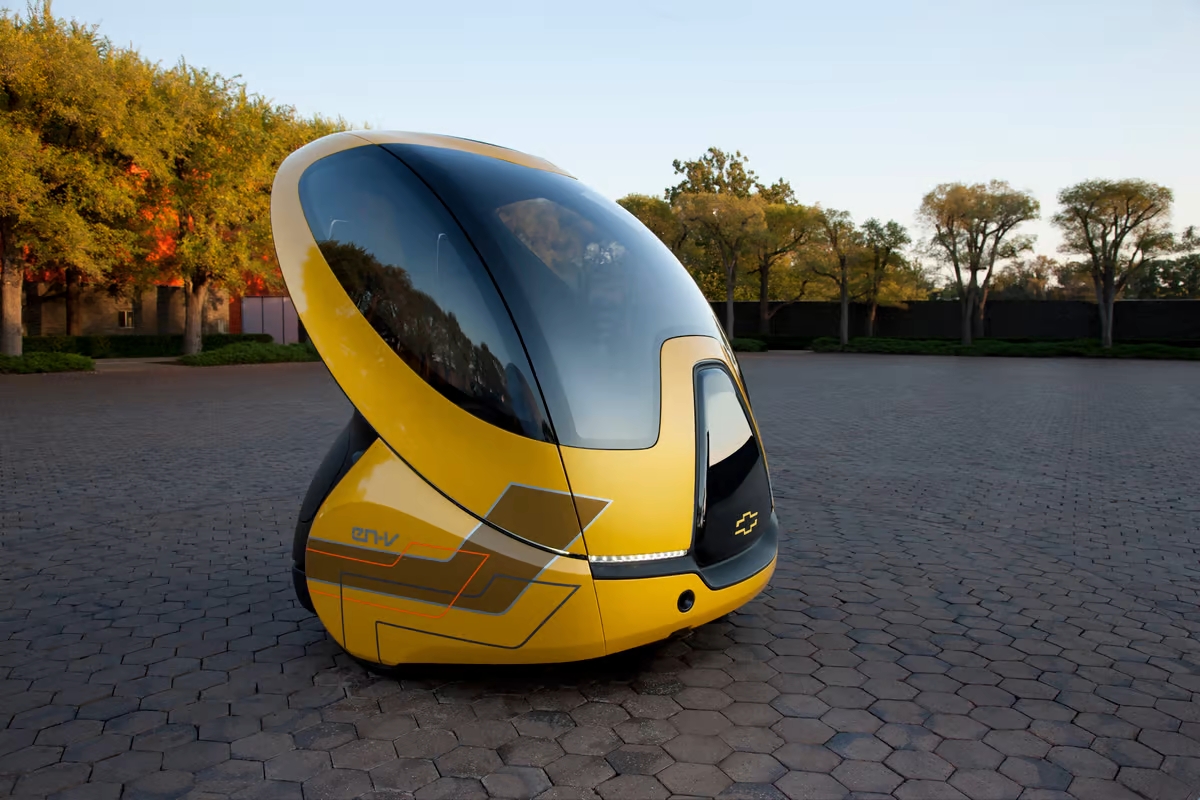Potential to significantly increase the energy efficiency of LCD display devices
The invention of a new kind of screen pixel that can double as a solar cell has the potential to significantly increase the energy efficiency of LCD display devices, such as smartphones and e-readers.
According to researchers from the University of Michigan’s Department of Electrical Engineering and Computer Science, in standard LCD displays, only eight percent of the backlight of a device actually reaches the viewer’s eyes. The rest is absorbed by filters and polarisers in the screen pixels themselves. They decided this was a waste of perfectly good energy.
“This absorbed light is totally wasted,” says team leader Professor Jay Guo. “It becomes heat. You can feel it if you put your hand close to a monitor. Why not try to harvest some of this energy?”
The team developed a new kind of light-absorbing pixel using organic semi-conducting solar cells placed over a nano-thin colour filter based on a design previously accomplished in Guo’s lab over a year ago. Guo’s colour filter is unique – at just 200 nanometres thick, it is essentially invisible to the naked eye, and 100 times smaller than current colorant filters.
In a paper published in the journal ACS Nano, Guo says that although the filter captures and converts just two percent of the light that would otherwise be lost, the ability to apply such a thin photovoltaic solar filter to the displays of small electronics adds up to significant returns in energy efficiency.
Read more . . .
Bookmark this page for “solar pixels” and check back regularly as these articles update on a very frequent basis. The view is set to “news”. Try clicking on “video” and “2” for more articles.








